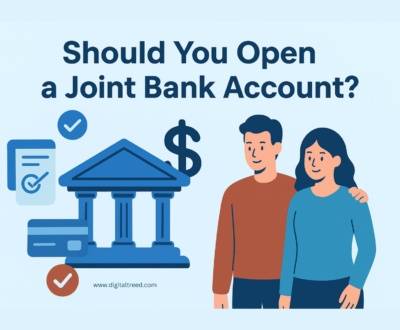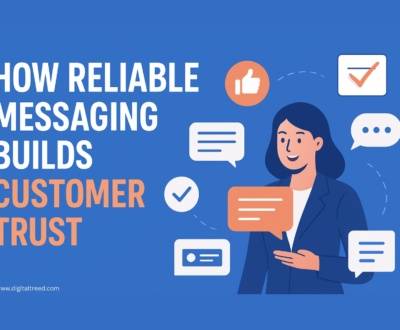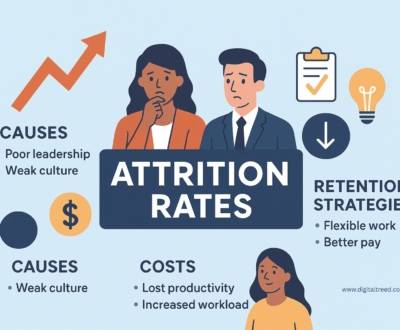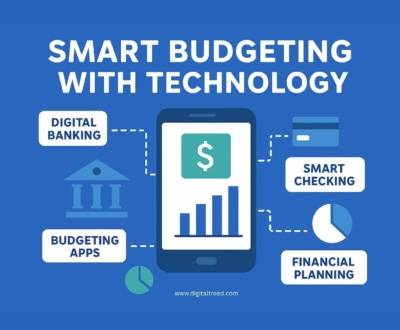You may believe your app is worth a dollar, but your mates might think it should be five. And the outsider on the street thinks it should be free. Pricing an app is complicated because everyone has a thought.
So how do you discover who’s ready to pay for your app, and how much? How do you determine whether you’re a Rolls Royce or a Toyota? A Bowmore or a Coca-Cola1957?
It all begins with an app pricing strategy.
What is an app pricing strategy?
An app pricing system helps companies formulate the price of their app by choosing the business model that will generate its income. And these days, it’s not as easy as slapping on a 99-cent price tag and calling it a day.
An adequate pricing strategy is well-researched and determines how much the market values your app in a way that helps both your users and your business.
Types of App Pricing Strategies: A Quick Overview
There are several kinds of app pricing strategies that one could pick from. It’s all about which kind fits your app plan better. These kinds are:
- Free: your app is totally free for users to download
- Freemium: the app is free, but it has specific features or services that you can decide to pay for.
- Paid: users pay earlier to download your app, and then they can relish it for free.
- Paymium: This is a hybrid of paid and freemium techniques. People simply download the app and can make numerous payments through the app for multiple goals.
- Subscription: This is a well-known model. Users must restart their app subscription monthly or yearly in order to continue using it.
These are mostly the types of app pricing strategies; we will state some elements that determine for you which kind you should use. Below are the very first things to do in order to know how to price your app.
Describe your who, why, and how
To spread the groundwork, you must define your audience, your goal, and how you’re measuring success.
- Define your core audience: who is your app for?
If you’re a luxury app concentrating on low-income households, you’re likely not going to be very successful. Begin by defining a very clear market, their demographics, and app investment behavior. Ultimately, it’s about developing better users, not necessarily more users: think quality over quantity.
- Determine your objectives: why are you building this app?
Are you looking to acquire massive market share? Or are you trying to generate income from day one? Whatever it may be, begin from your high-level objective and then determine the strategy you need to get there.
- Define your KPIs: how are you measuring success?
We live in a world made on data, and your mobile apps are no various. Without clear KPIs, every business decision you make is more dangerous and complicated. Start by defining KPIs focused on revenue and acquisition, like cost per install (CPI), cost per action (CPA), and organic conversion rates, to assist formulate your pricing process.
Understand your users and their willingness to pay
Going to market without a strong understanding of how your potential users adore your app can reduce how well your app sells. The Van Westendorp price sensitiveness model is a data-driven process that helps determine the optimal price point by exploring a user’s willingness to spend.
Instead of requesting potential users to identify a single price, this model requests them to consider a range of prices by posing the following queries:
- At what price do you consider this product is starting to be a bargain?
- At what price does this product start to seem expensive?
- At what price is this product too costly?
- At what price does this product seem so cheap that you start to examine its quality?
Once you collect the results, plot them on a line graph with the price on the x-axis and the number of respondents on the y-axis.
You’ll see the following intersection points:
- Point of Marginal Cheapness (PMC): the app is too inferior and should not be priced any lower.
- Point of Marginal Expensiveness (PME): the absolute maximum anyone is ready to pay for the app.
- Optimum Price Point (OPP): where the PMC and PME intersect; the optimal price where it minimizes unhappy users and maximizes satisfied ones.
Measure your costs
It’s one thing to price your app at market worth, and another for it to be advantageous. App development, app design, operating costs, app store fees, platform fees, and advertising costs are all important factors that need to be considered.
Begin by questioning yourself the following questions:
- What are my up-front development fees?
- How much runway will I have to create and maintain my app?
- How much will I be able to spend on advertising?
- How long will it take to be promising, if it ever is?
Once you’re clear on your financial plans, you need to work out how you’ll get there. That’s your monetization method.
Select a monetization model
Now that we’ve explained the costs, let’s talk about the different methods to generate income. Whether it’s through advertising, subscriptions, or in-app purchases (or a little bit of everything), there’s a plethora of monetization models to extend your business.
Let’s look at the five primary approaches to monetization.
Look at what your competitors are doing
Competitor analysis is certainly a important part of your research approach, but it’s more important to come up with your own research and conclusions with as little bias as possible. That’s why we left this section so near to the end.
Replying the following questions will help you more actually position your app in the market:
- How many prospects do you have?
- How are your competitors generating their income?
- What is the value proposition of your fiercest competitors? And how do you fare in comparison?
- What are the market managers charging?
Based on what should you choose one of these strategies?
There is a combination of things to take into account before selecting the right app pricing strategy, such as:
- Your corporate targets
- The cost of keeping your software updated
- Who are your users
- The market’s demands
- The price to create an app up front
- How are your competitors behaving
- The purpose of your application
- The amount and kind of features you’d like to add to your app
Before moving ahead with your pricing option, you must decide whether your app will run on iOS, Android, or simply both. I know it might look intimidating, but that isn’t the case with what we’re attempting to do; rather, it’s to highlight how important it is to carefully consider your options before joining the market.
I have been serving web content with my passionate writing skills since 2020. My skills have benefited clients from 20 countries, resulting in 10x audience interactions, improved readability, and SEO-friendly content.

About us and this blog
We are a digital marketing company with a focus on helping our customers achieve great results across several key areas.
Request a free quote
We offer professional SEO services that help websites increase their organic search score drastically in order to compete for the highest rankings even when it comes to highly competitive keywords.










